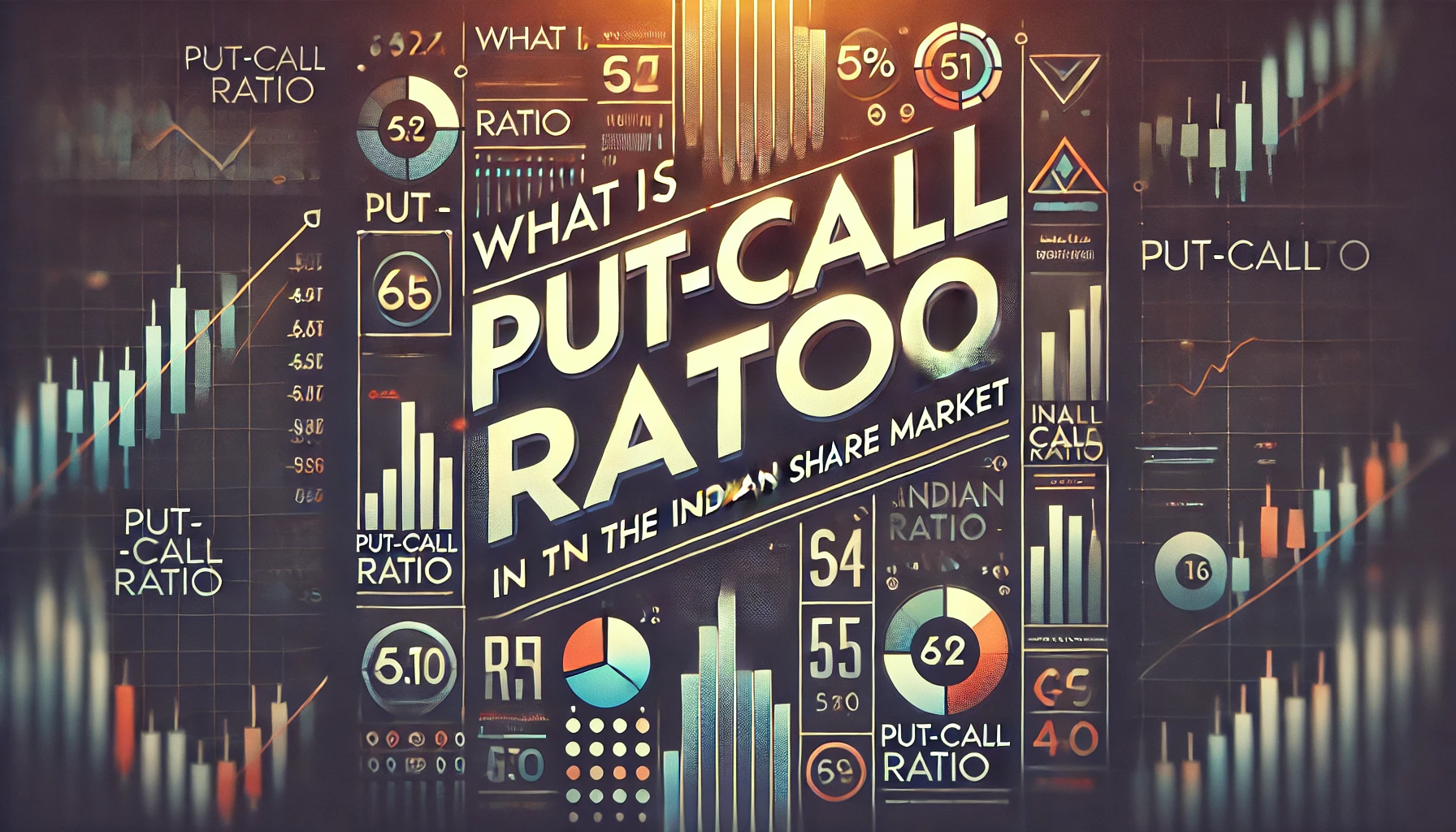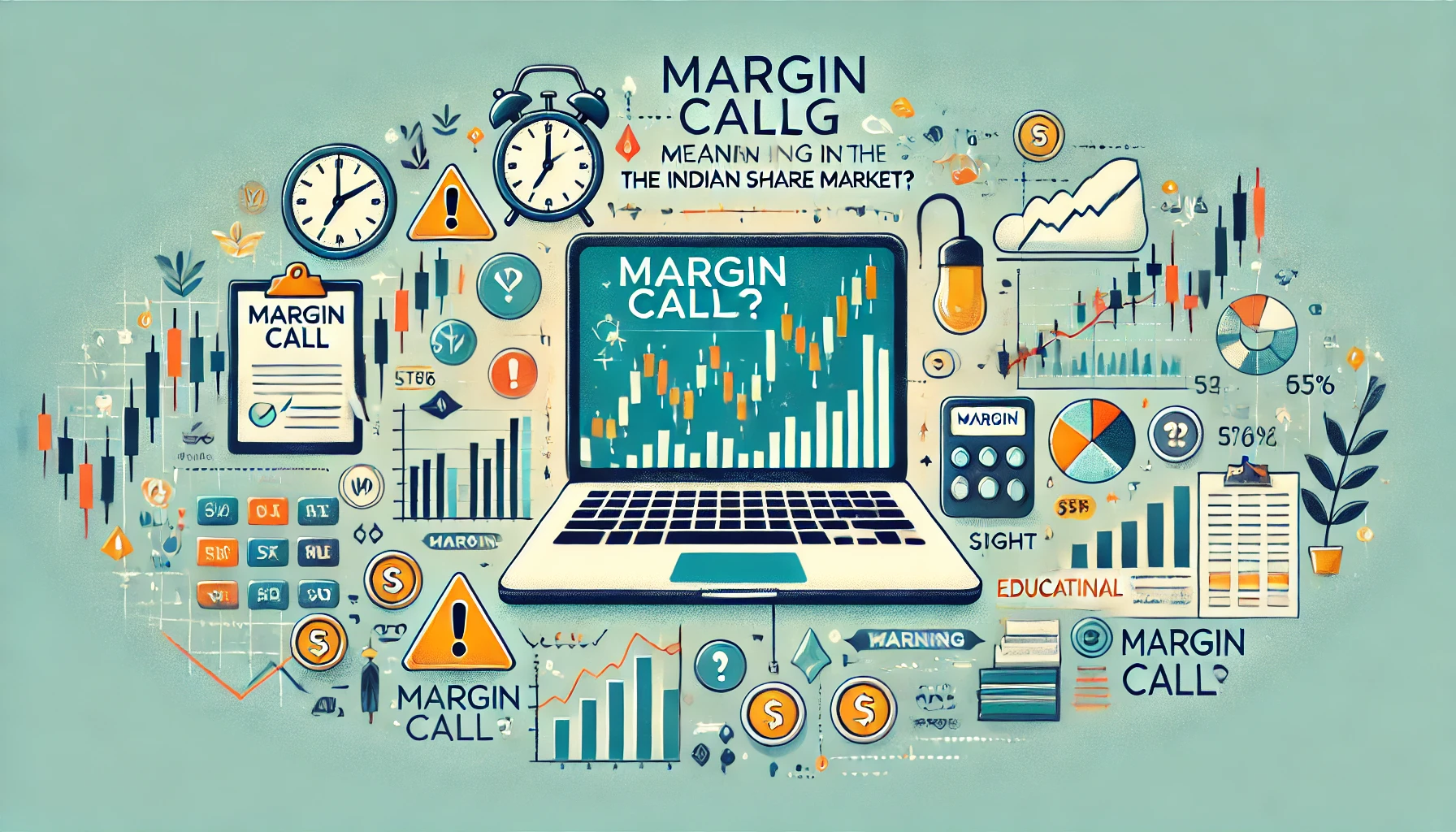In the Indian share market, derivatives such as forward and future contracts play a pivotal role in risk management and speculative trading. Both contracts are agreements to buy or sell an asset at a future date, but they differ significantly in terms of standardization, trading mechanisms, and risk exposure. Understanding these differences is essential for traders and investors looking to leverage derivative contracts for hedging or profit generation.
This comprehensive blog explores the core distinctions between forward and future contracts, the significance of both in Indian markets, and the strategic advantages and risks associated with them.
What are Forward Contracts?
A forward contract is a customized agreement between two parties to buy or sell an asset at a specified price on a future date. These contracts are typically used for hedging purposes and are traded over-the-counter (OTC), meaning they are negotiated directly between the buyer and seller without the involvement of an exchange. This flexibility allows for tailored terms, but it also increases counterparty risk, as there is no clearinghouse to guarantee the trade.
Key Features of Forward Contracts:
- Customization: The contract terms, such as price, quantity, and settlement date, are negotiated between the buyer and seller.
- No Standardization: Unlike futures, forwards are not standardized.
- OTC Trading: Forwards are not traded on an exchange, leading to higher counterparty risk.
- Settlement: Most forward contracts are settled by physical delivery of the asset at maturity.
Example:
Imagine a farmer and a buyer entering into a forward contract for wheat. The farmer agrees to sell 1000 tonnes of wheat to the buyer at ₹25,000 per tonne, with delivery scheduled for 3 months later. Regardless of the market price at the time of settlement, the buyer will pay ₹25,000 per tonne as per the contract.
What are Future Contracts?
A futures contract is a standardized agreement to buy or sell an asset at a predetermined price on a future date. Unlike forward contracts, futures are traded on exchanges such as the National Stock Exchange (NSE) in India, and the terms of the contract—such as quantity, price, and settlement—are standardized. Futures are marked to market daily, and a clearinghouse guarantees the trade, reducing the risk of default.
Key Features of Future Contracts:
- Standardization: All contract terms are set by the exchange, making futures highly liquid.
- Exchange-Traded: Futures contracts are traded on exchanges, reducing counterparty risk.
- Daily Settlement: Futures are marked to market, meaning gains and losses are settled on a daily basis.
- Margin Requirements: Traders must maintain margin accounts to cover potential losses.
Example:
An investor in the stock market could enter a futures contract to purchase 100 shares of Company X at ₹500 per share, with a settlement date in 2 months. If the price of Company X’s shares increases, the investor can either take delivery of the shares or settle the contract in cash, depending on the terms of the contract.
Key Differences Between Forward and Future Contracts
| Aspect | Forward Contracts | Future Contracts |
|---|---|---|
| Trading Venue | Over-the-counter (OTC) | Exchange-traded (NSE, BSE) |
| Customization | Fully customizable | Standardized |
| Counterparty Risk | Higher counterparty risk, no clearinghouse | Low counterparty risk, clearinghouse guarantees the trade |
| Settlement | Usually settled by delivery at maturity | Can be settled in cash or physical delivery |
| Mark-to-Market | Not applicable | Daily settlement of gains and losses |
| Leverage | No standardized margin requirements | Margin requirements set by the exchange |
Historical Context: Evolution of Forwards and Futures in India
The Indian derivatives market has seen significant growth since the introduction of futures trading in 2000. Over the past two decades, futures have become an integral part of the Indian financial markets, particularly for equity indices, currencies, and commodities.
Key Milestones:
- 2000: Launch of equity futures trading on NSE, making India one of the early adopters of derivatives in emerging markets.
- 2003: Introduction of commodity futures, expanding the scope of the derivatives market.
- 2018: Introduction of cross-currency futures contracts, further diversifying the product offerings.
Advantages of Using Forward and Future Contracts
Advantages of Forward Contracts
- Tailored Risk Management:
Forwards allow companies to hedge specific risks, such as commodity price fluctuations or currency risks, by customizing the contract terms. - No Initial Margin:
Unlike futures, forwards do not require an initial margin, providing flexibility for businesses that do not want to tie up capital. - Direct Negotiation:
Counterparties can negotiate terms that fit their specific needs, offering greater control over the contract.
Advantages of Future Contracts
- Liquidity:
The standardization of futures contracts makes them highly liquid, allowing traders to enter and exit positions with ease. - Lower Counterparty Risk:
The presence of a clearinghouse significantly reduces counterparty risk in futures trading. - Mark-to-Market:
Daily settlement of futures reduces the risk of large cumulative losses, as positions are marked to market daily.
Risks of Forward and Future Contracts
| Type of Contract | Risk Factors |
|---|---|
| Forward Contracts | High counterparty risk, illiquid market |
| Future Contracts | Margin calls due to mark-to-market losses, leverage risks |
Practical Uses of Forward and Future Contracts in Indian Markets
- Hedging with Forward Contracts:
Forward contracts are widely used by Indian businesses to hedge against fluctuations in currency, interest rates, and commodity prices. Exporters, for example, use forwards to lock in favorable exchange rates, protecting themselves from potential rupee depreciation. - Speculation with Future Contracts:
Future contracts are popular among traders who wish to speculate on the price movement of an asset. In the Indian share market, futures on indices such as the Nifty 50 provide opportunities for both hedging and speculation.
Example of Forward and Future Contract Usage:
In March 2020, oil prices collapsed due to the COVID-19 pandemic. Indian oil importers who had forward contracts in place could secure oil at previously agreed-upon prices, shielding them from price volatility. Meanwhile, futures traders on the Multi Commodity Exchange (MCX) profited from the rapid price movements by taking leveraged positions on crude oil futures.
Calculating Profit and Loss in Future Contracts
To understand the financial implications of trading futures, it’s important to know how profits and losses are calculated.
Formula for Profit/Loss in Futures Trading:
Profit/Loss=(Settlement Price−Entry Price)×Lot Size\text{Profit/Loss} = (\text{Settlement Price} – \text{Entry Price}) \times \text{Lot Size}Profit/Loss=(Settlement Price−Entry Price)×Lot Size
For instance, if an investor buys a Nifty 50 futures contract at ₹17,000 and sells it at ₹17,500, with a lot size of 75 units, the profit would be:Profit=(₹17,500−₹17,000)×75=₹37,500\text{Profit} = (₹17,500 – ₹17,000) \times 75 = ₹37,500Profit=(₹17,500−₹17,000)×75=₹37,500
Real-World Examples of Historical Data in Forward and Future Contracts
Let’s examine some key historical data to understand the impact of forward and future contracts on the Indian share market:
Historical Data: Nifty 50 Futures Contracts (2005–2020)
| Year | Nifty 50 Futures Open Price (₹) | Nifty 50 Futures Close Price (₹) | Yearly % Change |
|---|---|---|---|
| 2005 | 2,000 | 2,150 | +7.5% |
| 2008 | 4,200 | 2,800 | -33.3% |
| 2013 | 6,000 | 6,300 | +5.0% |
| 2020 | 12,300 | 14,200 | +15.4% |
This table illustrates how futures contracts allowed traders to capitalize on both bullish and bearish movements in the market over time. During the financial crisis of 2008, futures trading volumes spiked as traders attempted to hedge their positions amid market volatility.
Forward vs Future Contracts: Which is Better for Traders?
The choice between forward and future contracts depends on the trader’s objectives and risk appetite. Forward contracts are better suited for businesses looking to hedge specific risks with customized terms. Futures, on the other hand, are ideal for traders who seek liquidity, leverage, and lower counterparty risk.
| Type of Trader | Preferred Contract |
|---|---|
| Risk-averse Businesses | Forward Contracts for custom hedging |
| Active Traders | Future Contracts for liquidity and leverage |
Conclusion
Both forward and future contracts are integral tools in the Indian share market derivatives space. While forward contracts offer flexibility and customization for hedging, futures provide liquidity, transparency, and a lower risk of default. Traders and businesses alike must carefully assess their goals, market conditions, and risk tolerance when choosing between these derivative instruments.

What Is Implied Volatility?
In the realm of Indian share market derivatives, implied volatility (IV) plays a crucial role …

What is Margin Funding?
Margin funding is a powerful tool in the Indian share market that allows traders to …

Forward vs Future contract
In the Indian share market, derivatives such as forward and future contracts play a pivotal …

What is Margin Money?
Margin money is a crucial aspect of trading in the Indian share market, especially in …

What is Put-Call Ratio?
The Put-Call Ratio (PCR) is one of the most widely used indicators in options trading …

What is Derivatives?
Derivatives are financial instruments whose value is derived from an underlying asset or benchmark. In …

What is Cost of Carry?
The cost of carry is an essential concept in futures trading that reflects the cost …

What is futures
Futures are a fundamental part of derivatives trading in the Indian stock market. They allow …

Bullish Option Strategies
In the ever-evolving world of derivatives trading, options have become a powerful tool for investors …

Understanding Physical Settlement in Futures & Options Contracts: A Comprehensive Guide
In the world of derivatives trading, the concept of physical settlement has gained prominence, particularly …

what are call options
The Indian share market has expanded significantly over the years, attracting a growing number of …

What Is Credit Spread Strategy
In the world of options trading, the credit spread strategy is one of the most …

What Is a Forward Contract
A forward contract is a customized financial agreement between two parties to buy or sell …

Types of Derivatives in India
The Indian derivatives market has grown exponentially, becoming a vital tool for investors and traders …

What is Swaps Derivatives
In the world of derivatives, swaps are a special class of contracts that allow two …

Intrinsic Value and Time Value of Options
Options trading is one of the most widely used financial instruments in the Indian share …

What is Open Interest?
In the world of derivatives, the concept of “Open Interest” plays a crucial role in …

Types of underlying assets in derivatives
The Indian derivatives market has grown exponentially over the last few decades, thanks to its …

derivatives on Option Volatility & Pricing Strategies
The Indian share market derivatives segment is a dynamic environment where advanced traders rely heavily …

What is Futures Contract
The Indian share market offers various financial instruments that provide opportunities for investors and traders. …

What is implied volatility in options?
In the world of options trading, one of the most crucial elements to understand is …

Futures Pricing Formula
The Indian share market is known for its dynamic nature and offers various opportunities for …

What is an ITM Call Option?
The world of options trading is filled with technical terms that are crucial for investors …

What is Max Pain Theory?
The Indian share market is full of strategies and theories that traders use to predict …

What is OTM Call Options
In options trading, terms like “in the money” (ITM), “at the money” (ATM), and “out …

What Is Rollover
Rollover is a common term in the world of futures and derivatives trading, especially in …

Futures Prices Converge Upon Spot Prices
In the world of financial markets, futures contracts play a significant role. One of the …

Call Ratio Back Spread
In the Indian share market, advanced trading strategies such as the Call Ratio Back Spread …

Margin Call Meaning
A margin call is one of the most critical warnings in trading, often marking a …

What is Bermuda Option?
The financial markets are full of complex instruments, and one such tool is the Bermuda …


















